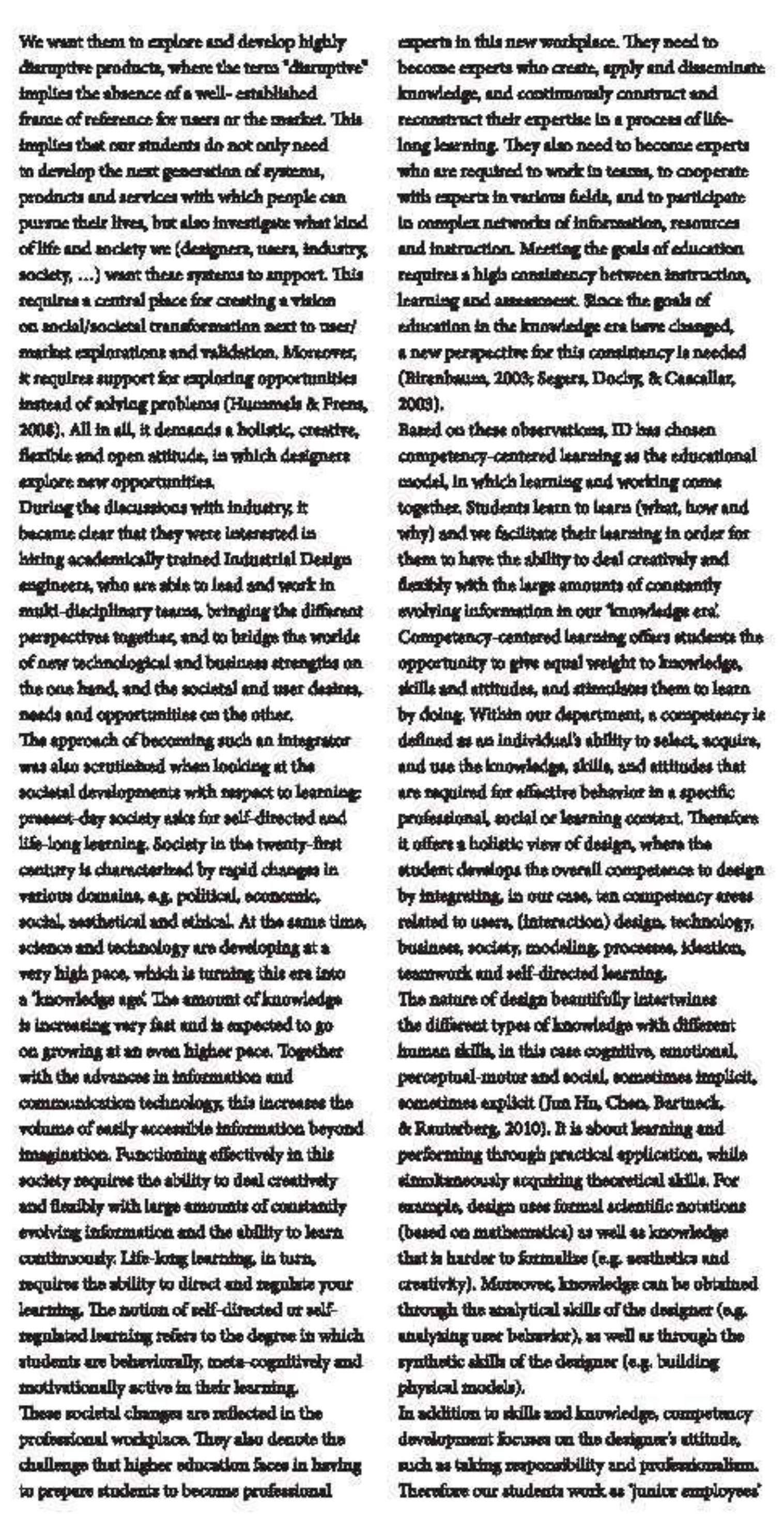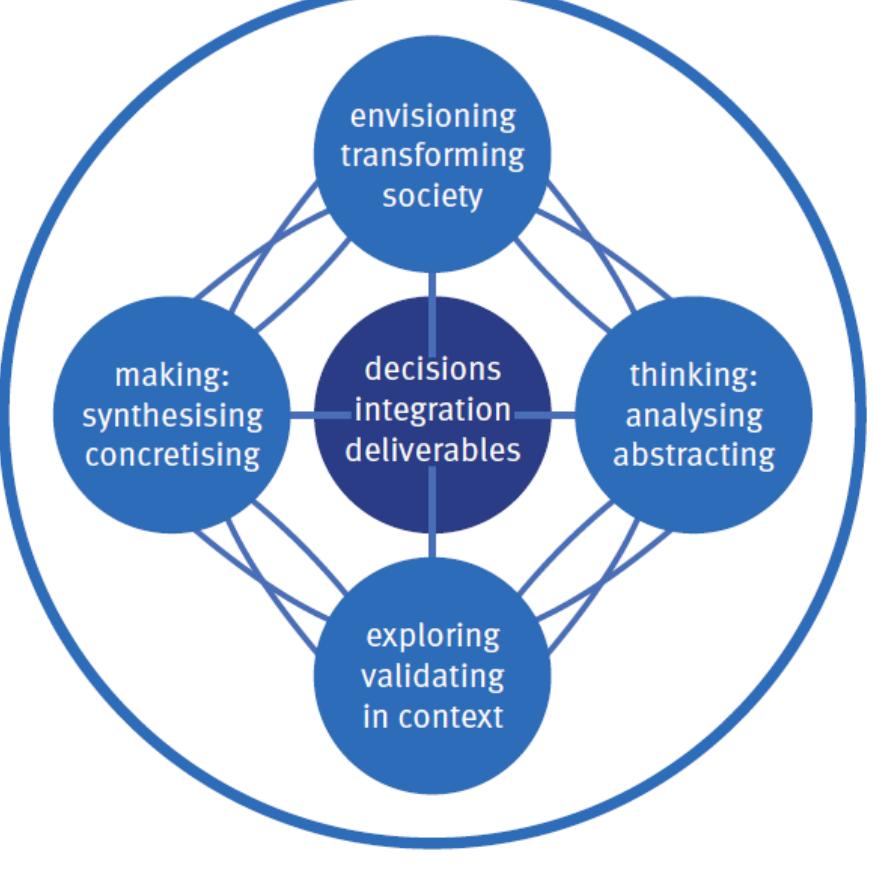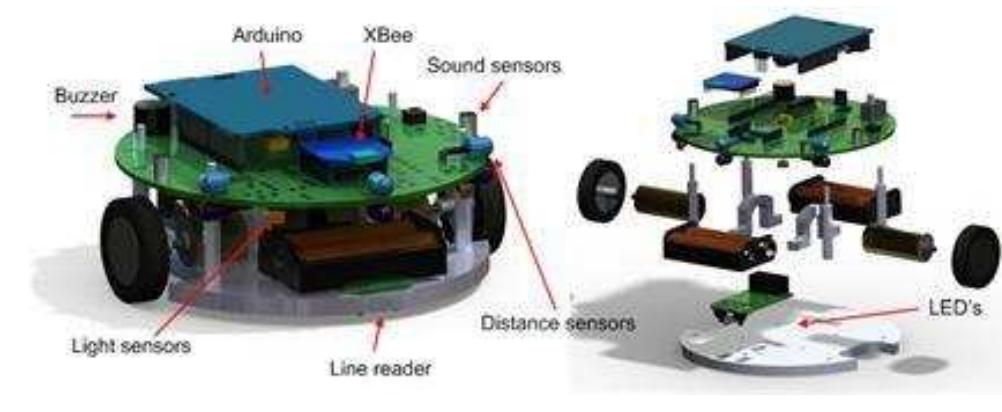Key research themes
1. How do developmental and cognitive frameworks contribute to the design of socially interactive humanoid robots?
This research area investigates how principles from cognitive development and developmental psychology can be synthesized into robotic architectures that enable humanoid robots to acquire skills, adapt autonomously, and engage in meaningful social interactions. The focus is on building robots whose cognitive and behavioral capabilities emerge progressively through embodied interaction, enabling humanlike social behavior beyond preprogrammed tasks. This theme matters because it predicates the creation of robots that are genuinely sociable and capable of long-term learning and social cognition, essential for practical human-robot collaboration and companionship.
2. What behavioral models and architectures best enable robots to engage empathetically and adaptively in human-robot social interactions?
This theme explores computational and architectural frameworks that endow robots with adaptive, socially-aware, and affective behaviors enabling rich, empathic interactions with humans. It investigates how robots perceive subtle human emotional and cognitive cues, regulate interaction intensity, and adaptively respond in ways that build rapport and effective cooperation. Understanding and modeling these behavioral dynamics is fundamental to designing robots that can function as collaborative partners or companions in real environments.
3. How can embodiment, perception, and anticipatory mechanisms enhance autonomy and adaptivity in behavioral robotic systems?
This research focus centers on the foundational role of embodiment, sensorimotor perception, and anticipatory capabilities in producing truly autonomous, adaptive robotic agents. It considers how biological principles of embodied cognition, perception integration, and prediction of future states contribute to robots’ capacity to maintain viability, self-regulate interactions, and dynamically adapt behavioral responses in complex environments. This theme is key for advancing behavioral robotics beyond reactive systems toward anticipatory, life-like agents.
















